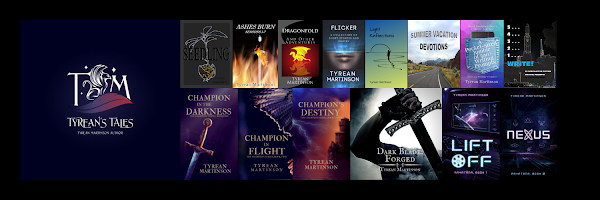Tips:
All you need to write is a pen/pencil and paper.
Google Docs, Word, Scrivener, and any way you can type also work.
Talk-to-text is a perfectly good way to write. Don't let anyone tell you otherwise.
Get the words and ideas on paper.
Finish the draft.
Revise later.
FAST AND FURIOUS LESSON PLAN FOR STARTING STORIES (APPROX. 50 MINUTES)
CHARACTER AND DILEMMA/PROBLEM
Every story is driven by a character's dilemma/problem. That dilemma/problem usually comes from something they want that they can't easily get.
The character could want to survive in a snowstorm, or for their best friend to fall in love with them, or to save their planet from destruction by aliens. You can write any kind of story you want. But every story needs a character who wants something they can't easily get, and so, they have a dilemma.
You can decide if the character is going to get what they want, learn a lesson, or not get what they want without learning a lesson.
So, first you need a character.
Then, you need to give your character something to want that they can't easily get.
So, who is your character?
Are you writing about a character who is young/old? Easily exhausted/energetic? Surrounded by community/alone? In the country/city? In the real world or a fantasy/science fiction world? In the past. present, or future?
You get to decide.
You can even fill out a character profile. There are many types of character profiles out there, but this is a basic one.
Name of the character:
Description of this character:
What does this character want?
What/who stands in the character's way so the "want" is hard to get?
Will the character get what they want, learn a lesson, or not get what they want without learning a lesson?
Now, for a slightly tougher question and a longer story:
Does your character think he/she wants something, but actually he/she wants or needs something else?
Example: Bilbo Baggins in The Hobbit thinks he is going on an adventure because he likes treasure maps, but I think he actually goes because he's longing for adventure and purpose in his life.
STORY SETTING
Think about the setting of the story.
Where and when does this story take place?
Chicago 1845, Seattle today, in the future?
Does it take place in the wilds/desert/city/country? On the ocean? In the mountains? At school? At home? At the grocery store?
Most importantly: How does the setting affect your character?
THEME
The biggest question:
What will the character "get" out of the story's events? Will they change? Learn something? Grow as a person?
This points to the theme of your story. Every story has one, even if the writer didn't plan on one.
Bonus Question: Why do you want to write this story? (Beyond a school assignment.) Why this character? Why this story? (Honestly, this is a hard question for me to even answer when I start.)
Now, Write!
Take a deep breath, reread your answers to the above questions, decide if you want to use that information or ignore, and then start your story. Write for ten whole minutes. Set a timer. Don't allow yourself to stop.
Ding! How far did you get?
Try writing for fifteen minutes, then twenty.
Remember to finish your story. It might take several writing sessions, but you can do it!
For more resources, go to the page I have on books for writers.

No comments:
Post a Comment